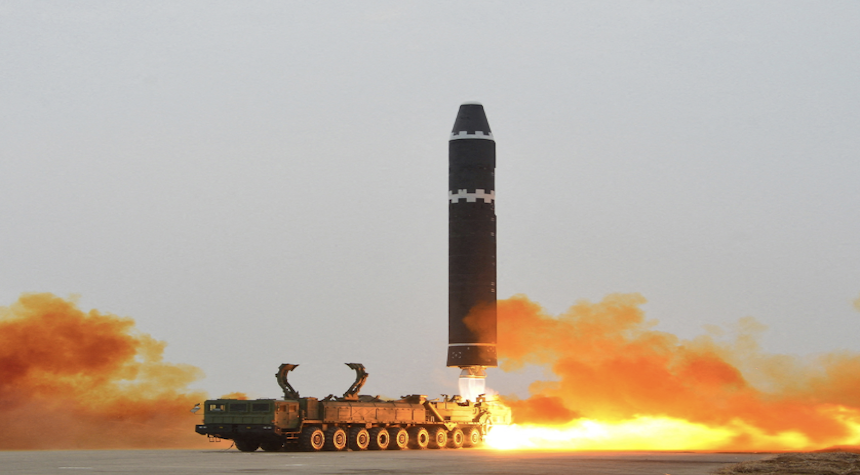Kim Jong Un, the North Korean leader, has supervised the trial launch of two new types of missiles, according to state media. This development comes amidst the ongoing annual military drills conducted by the United States and South Korea.
The two missiles tested on Saturday are reportedly designed to counter aerial threats, inclusive of drone attacks and cruise missiles, reports from the Korea Central News Agency suggest. The state media refrained from providing detailed insight into the projectiles, merely describing them as “improved” versions that are based on “unique and special technology.”
The missile launches have occurred not long after the commencement of the “Ulchi Freedom Shield 25” joint military exercises in South Korea this Monday. These training exercises, which are inclusive of live-fire drills, are slated to continue through Thursday.
Upon the initiation of these drills, the U.S. State Department reaffirmed “the ironclad commitment between the U.S. and South Korea to defend their homelands.” However, an official from the North Korean military has labeled these exercises as disruptive for the Korean Peninsula, blaming the United States and South Korea for “the destruction of the balance of power in the region.”

A spokesperson for the Korean People’s Army told Rodong Sinmun, a state-owned newspaper, that the “reckless” drills were being executed by “warmongers,” further escalating the tension in the Korean Peninsula.
North Korean state media published an image of Kim meeting with military officials, along with multiple images of the missiles in mid-air. The location of the missile tests remains undisclosed.
As these drills commenced on Monday, Kim was seen touring a North Korean naval destroyer, the KCNA reported. He reportedly cautioned that the U.S.-South Korea drills could “ignite a war” and emphasized that North Korea should aim for a “rapid expansion of nuclearization.”
In summary, the recent missile tests by North Korea, coinciding with the U.S.-South Korea military drills, have escalated tensions in the region. These developments highlight the ongoing complex dynamics on the Korean Peninsula and the potential implications for regional stability.

